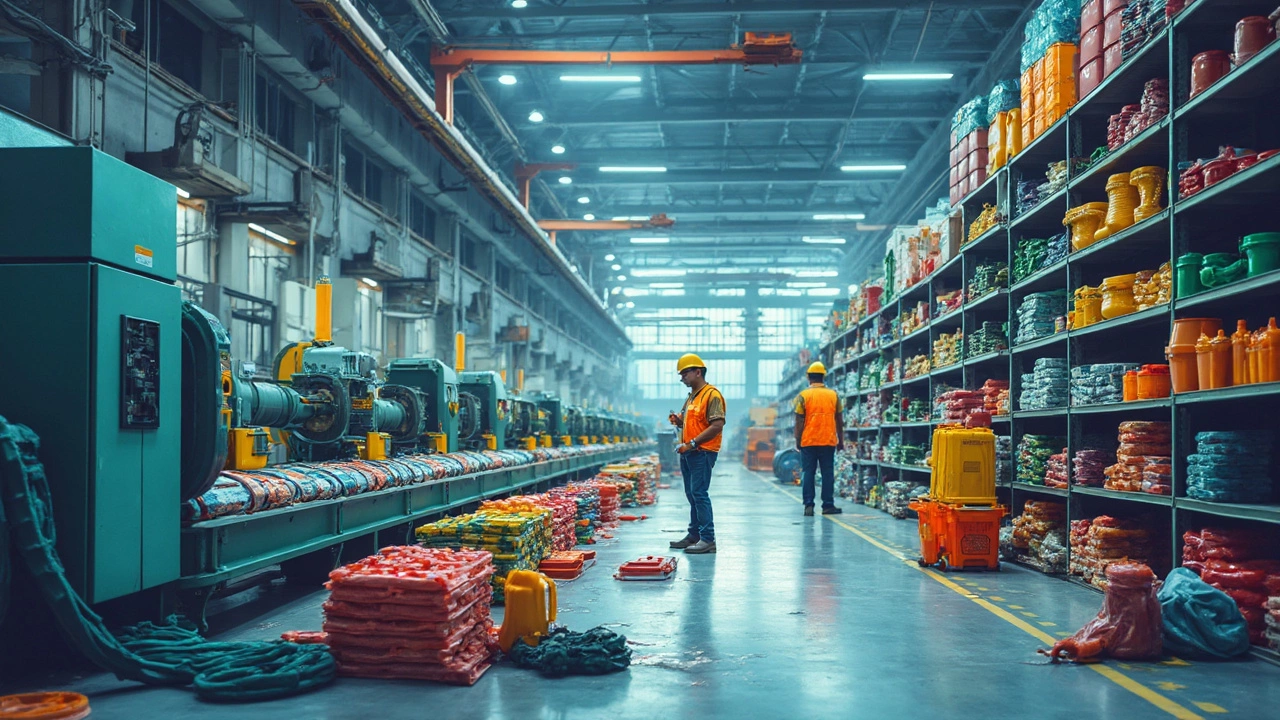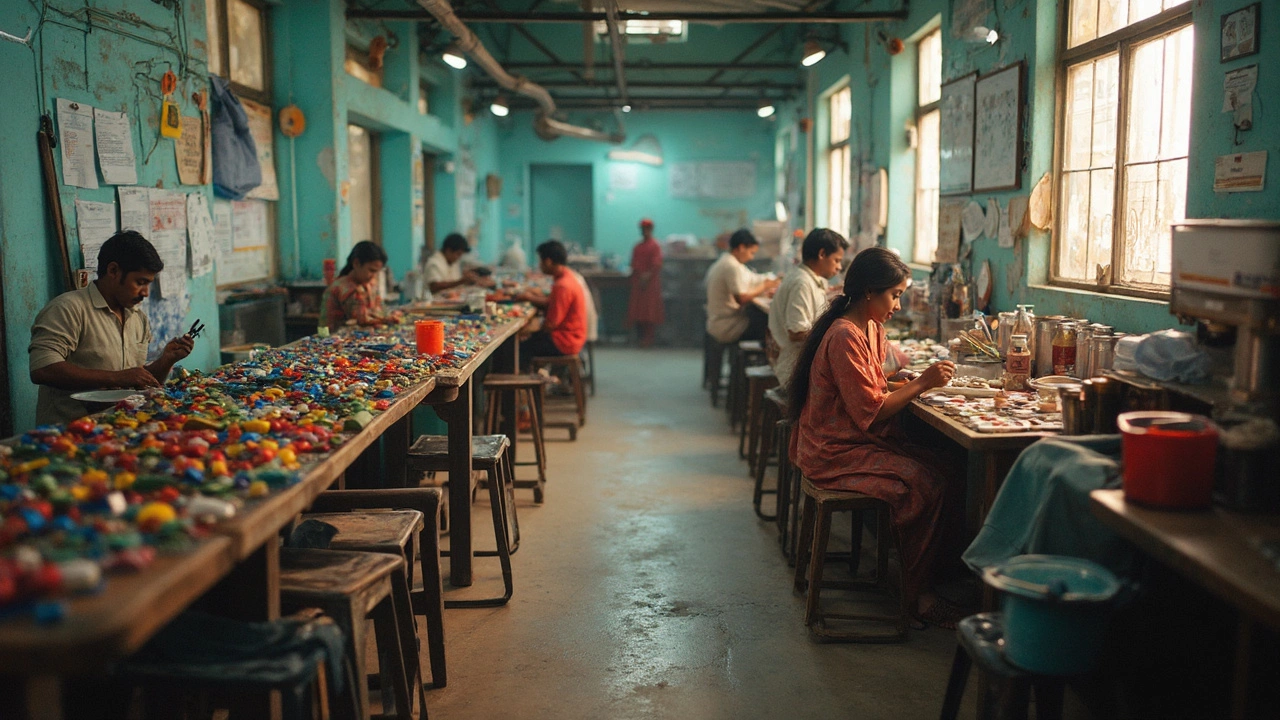Manufacturing Hotspots: India’s Industrial Powerhouses
When you hear the term manufacturing hotspots, geographic zones where factories, supply chains and skilled labor concentrate. Also known as industrial clusters, it acts as a catalyst for regional development and tech adoption. These zones aren’t random; they encompass high‑demand sectors like plastics, automotive assembly and textile production. In simple terms, a hotspot is where the right mix of resources, market access and policy support meets, turning a region into a manufacturing magnet.
Key Players Shaping the Landscape
The first related entity you’ll encounter is industrial growth, the steady increase in production capacity, workforce skill levels and export output. Industrial growth requires investment in infrastructure, technology upgrades and a reliable talent pipeline. When growth spikes, local economies feel the ripple – more jobs, better wages and a surge in ancillary services like logistics and finance.
Next up is plastic demand, the market need for both virgin and recycled polymer materials. In 2025, recycled PET, HDPE and PP dominate factory orders, especially in automotive parts and consumer packaging. Plastic demand drives investment in recycling plants, which often locate right inside manufacturing hotspots to cut transport costs and meet sustainability goals.
Another crucial piece is the car industry, the segment that designs, assembles and sells motor vehicles. The industry’s health directly influences hotspot vitality: when car sales slump, factories scale back, workers face layoffs, and local suppliers see order drops. Conversely, a boom in electric vehicle production pushes hotspots to adopt new tooling and workforce retraining.
Finally, local economies, the aggregate of jobs, income, and business activity in a specific region, benefit most when hotspots thrive. Job creation isn’t limited to the factory floor; it spills into retail, education, healthcare and real estate, creating a virtuous cycle of growth.
Putting these entities together reveals clear semantic connections: manufacturing hotspots encompass plastic demand; plastic demand drives investment in recycling within hotspots; manufacturing hotspots require skilled labor, which fuels industrial growth; industrial growth influences local economies by generating jobs; and the car industry affects hotspot stability through sales trends. Understanding these links helps you see why a single region can become a powerhouse while others lag.
What you’ll find in the collection below reflects this web of relationships. We’ve gathered articles that break down daily watering for container gardens (yes, even horticulture matters in industrial zones), deep‑dive into plastic trends for 2025, insight on why cars aren’t selling in India, and a look at how manufacturing lifts local communities. Each piece offers a slice of the bigger picture, whether you’re a policymaker, plant manager, investor or curious reader.
Ready to explore how these hotspots shape the future of Indian industry? Scroll down to discover practical advice, data‑backed trends and real‑world examples that tie everything together.
Plastic Industry Giant: Which Country Leads the World?
Wondering which country is the epicenter of the plastic industry? This article breaks down which nation dominates plastic manufacturing, why it holds that position, and what sets its companies apart. You'll also get a look at the main export markets, influential brands, and some challenges the industry faces today. Find out where most of your everyday plastic products likely come from, and pick up real tips if you're thinking of getting into the plastic business.
- manufacturing
- India
- food processing
- garden tips
- rice cultivation
- government schemes
- balcony garden
- urban gardening
- balcony gardening
- profitable business
- business ideas
- plastic manufacturing
- drip irrigation
- plant care
- steel manufacturing
- sustainable gardening
- startup ideas
- steel industry
- flower gardening
- textile manufacturers






